Aliquots
-

Matrix member key to insulin resistance
A component of the extracellular matrix that surrounds cells plays a role in insulin resistance and may be a good therapeutic target. Read MoreJun 6, 2013
-
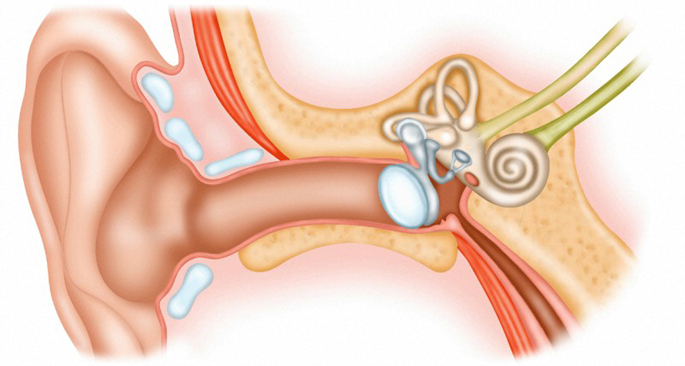
Inner ear’s role in bone remodeling
The inner ear system that senses gravity and movement plays a role in bone remodeling – a finding that has clinical implications for space travel and for patients with inner ear disorders. Read MoreMay 15, 2013
-

Salt revs stomach bug’s cancer impact
A high-salt diet worsens the carcinogenic effects of Helicobacter pylori, a bacterium that colonizes the stomachs of half of the world’s population. Read MoreMay 13, 2013
-

Profiling heart cells
A “profile” of the genes and regulatory networks that govern early heart valve development lay the groundwork for generating valves from a patient’s own cells. Read MoreMay 10, 2013
-
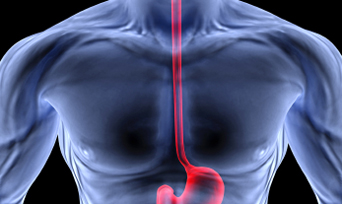
Dual-action enzyme protects esophagus
An antioxidant enzyme also functions as a tumor suppressor to limit cancer development in the esophagus. Read MoreMay 9, 2013
-

Taking the ‘noise’ out of protein data
Vanderbilt researchers have developed a novel algorithm to improve results from proteomic studies. Read MoreMay 1, 2013
-

Fava beans’ impact on urine sodium
Eating fava beans increases dopamine in blood and urine, but does not stimulate urinary sodium excretion. Read MoreApr 29, 2013
-

Factor reduces virus-related asthma attacks
An immune system factor associated with severe asthma may actually reduce asthma attacks induced by viral infections. Read MoreApr 26, 2013
-

Food variety drives overeating in mouse model of obesity syndrome
Dietary variety – not high-fat or sugary foods – appears to stimulate overeating in a mouse model of an inherited obesity syndrome. Read MoreApr 25, 2013
-
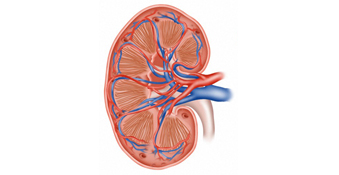
‘Longevity’ gene aids kidney survival
A gene associated with cell survival and longevity may protect the kidney from acute injury. Read MoreApr 17, 2013
-

A role for blood vessels in delirium?
Dysfunction of the endothelial cells that line blood vessels may contribute to delirium and coma in critically ill patients – and could be a target for therapy. Read MoreApr 15, 2013
-
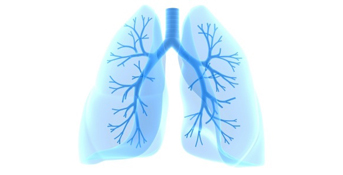
Lung damage protector
Targeting repair pathways in the lung’s air sacs may be a valuable therapeutic direction for pulmonary fibrosis – the scarring of lung tissue. Read MoreApr 12, 2013
-
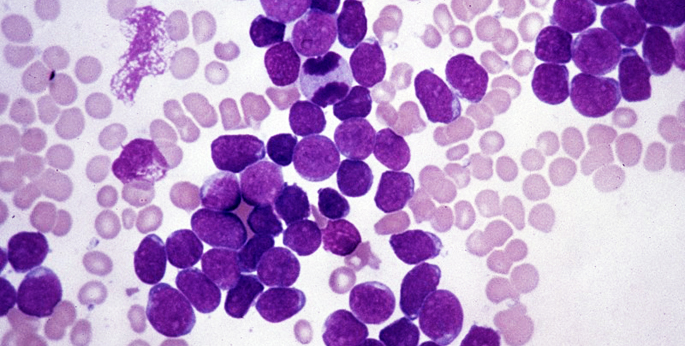
Leukemia culprit’s cellular actions
Overexpression of a gene that is a common culprit in leukemia induces stem cell-like features in T cells, which may enable the cells to become cancerous. Read MoreApr 11, 2013
-
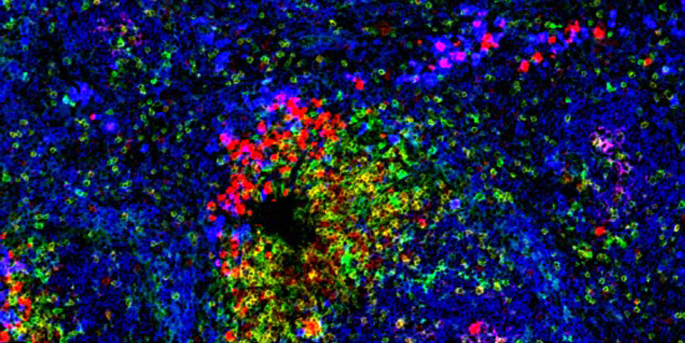
“Silent” B cells trigger autoimmunity
Immune cells that recognize self antigens (e.g. insulin), but are functionally silent, can trigger autoimmune diseases such as diabetes. Read MoreApr 3, 2013
-

Fingers and toes: joint forming factor
The gene Has2 participates in signaling that is important in developing fingers and toes, and may have relevance for cancer development. Read MoreApr 1, 2013
-

Plant compound stops colon cancer cells
Berberine, an herbal remedy for diarrhea and intestinal parasites, may be useful in colon cancer therapy. Read MoreMar 29, 2013
-
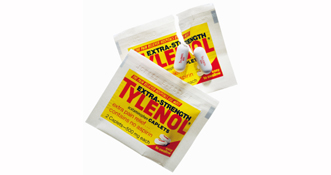
Acetaminophen: protective in sepsis?
In critically ill patients with sepsis, plasma hemoglobin may be a new indicator of disease severity – and a potential target for treatment with acetaminophen. Read MoreMar 28, 2013
-
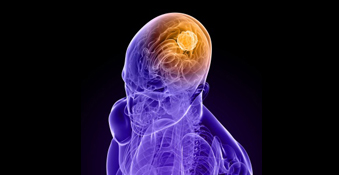
New drugs a good BET for brain cancer
A novel class of drugs that target “BET” proteins may have broad utility for treating genetically diverse brain tumors. Read MoreMar 20, 2013
-
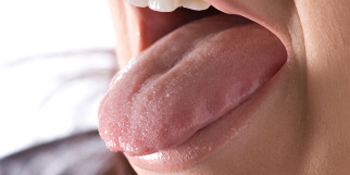
IRF6 on the tip of tongue development
The factor IRF6 plays important roles in the development of the tongue. Read MoreMar 18, 2013
-

Diagnostic codes identify smoking status
Diagnostic codes used for billing purposes effectively identify smokers in a general clinic population and can be used to adjust smoking status in genetic and epidemiologic studies. Read MoreMar 15, 2013